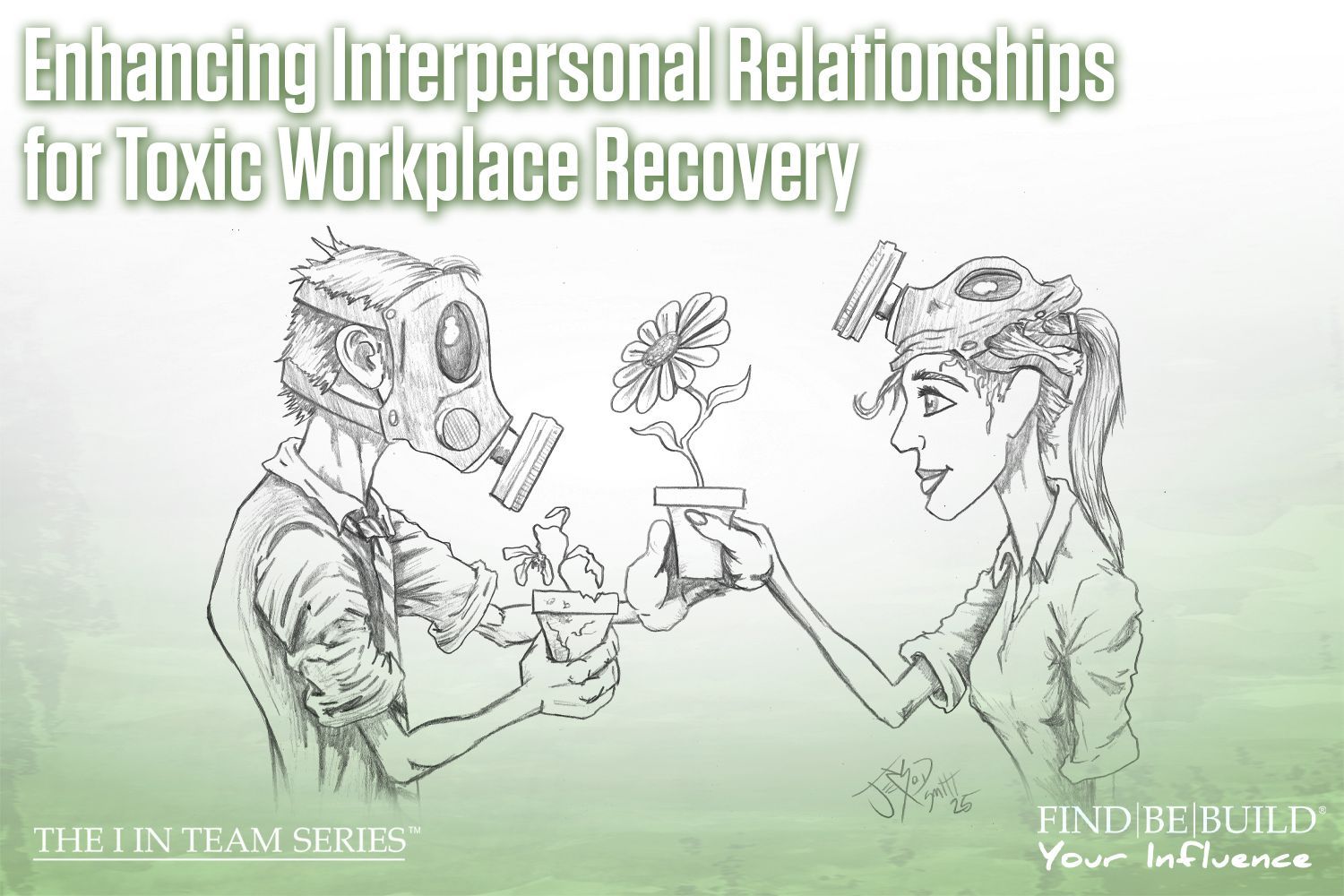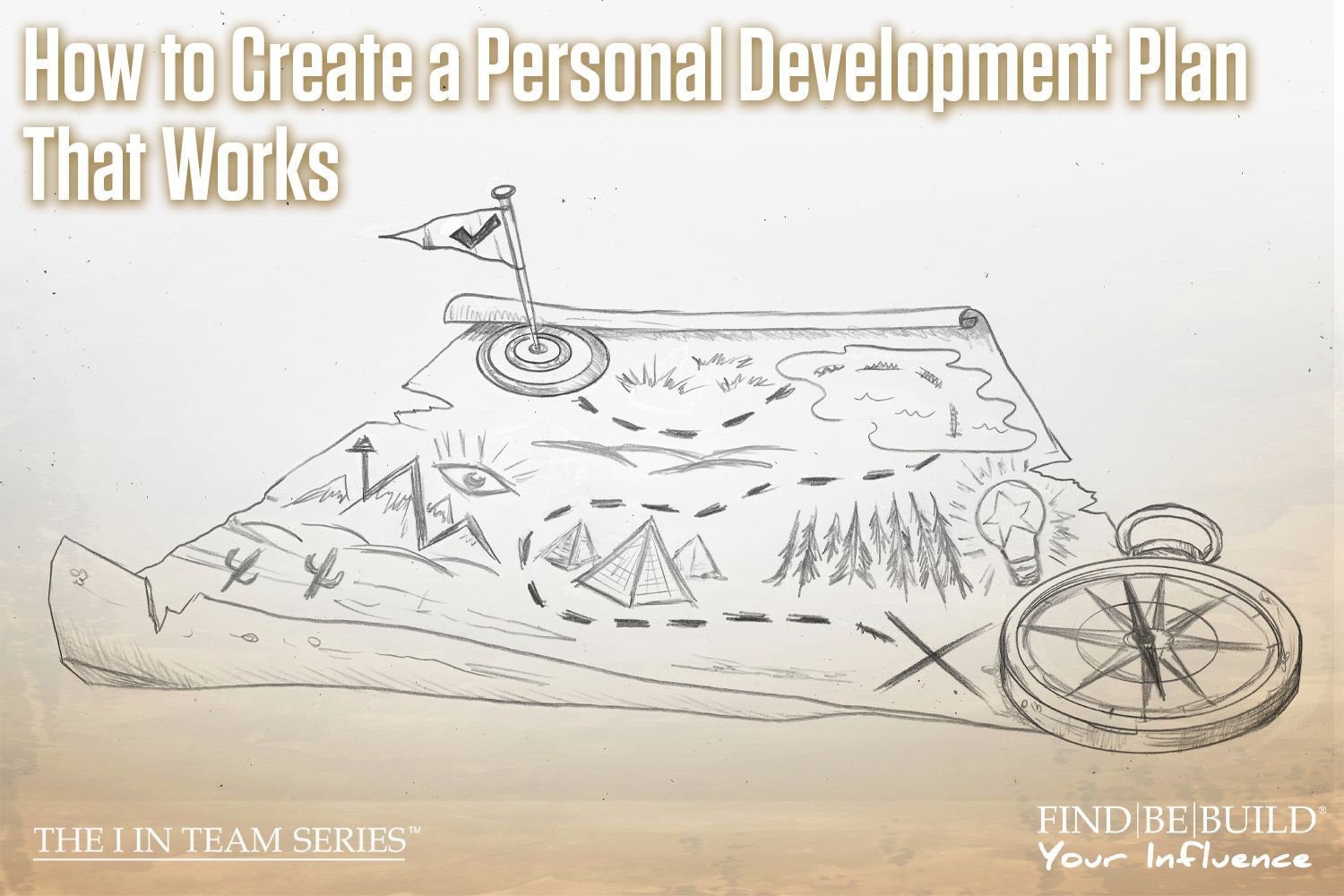Look Out for Micro-Communications

Micro communications in business consulting
Micro-communications are just a fancy way of saying body language. Some micro-communications that you may already be familiar with are crossing the arms over the body or rolling your eyes; these are two well-known and obvious signs that someone is feeling negative towards either you, what they are thinking, or what you are discussing with them. Conversely, some micro-communications that you may not be familiar with are touching the forehead and tilting the head. Forehead touching can signal shame or embarrassment, while tilting the head signals engagement and listening. When communicating with others, you will want to be mindful of their micro-communications.
Decoding and Encoding
Decoding and encoding are two aspects of communication that are always present in face-to-face or video conferencing communication. Decoding is the process of deciphering others’ body language, while encoding is creating and being mindful of what our own body language is saying. While we may try to decode and encode our tones, tone is much harder to decipher accurately than body language. Attempting to decode tone can lead to wrongful assumptions, which could add an incorrect and possibly negative lens to your conversation. When working on decoding and encoding body language, understanding the micro-communications of body language can be of the utmost help.
Micro-Positives
Micro-positives are exactly how they sound: they are micro-communications that display positive feelings. When you are around someone who displays micro-positive communication, you will feel their engagement, curiosity, and support. There is little to no doubt in your mind that this person is present with you. Some examples of micro-positive communication are:
- Head tilted up (this gives the ear a better angle to listen)
- Triple nods (this signals following along)
- Leaning in
- Getting closer
- Smile
When you notice that others are displaying micro-positive communications, you can assume they are feeling included, listened to, and encouraged. These are good signs to be on the lookout for, but conversely, you should also be on the lookout for micro-negative communications.
Micro-Negatives
Micro-negatives oppose micro-positives in that they identify when someone is feeling uncomfortable. When you notice some of the below examples of micro-negatives being displayed, the person you are speaking to is likely feeling disengaged, disliked, or bored. These displays can include:
- Touching the forehead or covering the mouth
- Sighing
- Closing the body off with arms
- Rejecting eye contact
- Distancing self and moving away
If you recognize that someone you are speaking with is displaying micro-negative communication, don’t immediately take it personally. It’s possible that the person is not fully present with you and could be thinking of other things that are causing them to display micro-negative body language. In such cases, ask the person if it would be better to have that discussion at another time. If you notice this person continues to display micro-negatives around you, you may need to have a longer discussion about your working relationship, or you may need to do some personal reflection.
Communication is the foundation of any relationship as it is how we relate to one another, work together, and produce great results. Once you start reading about micro-communication or body language, you may find that there are parts that you already knew intuitively (like arms crossing the body). Your mind takes in these bits of information in every conversation you have and attempts to interpret it for you; all you have to do is listen and remain mindful. For the micro-communications that are less common, learning about them and understanding what they mean can aid your communication skills immensely. If you can work to tailor your communication, you can build more positive relationships.











